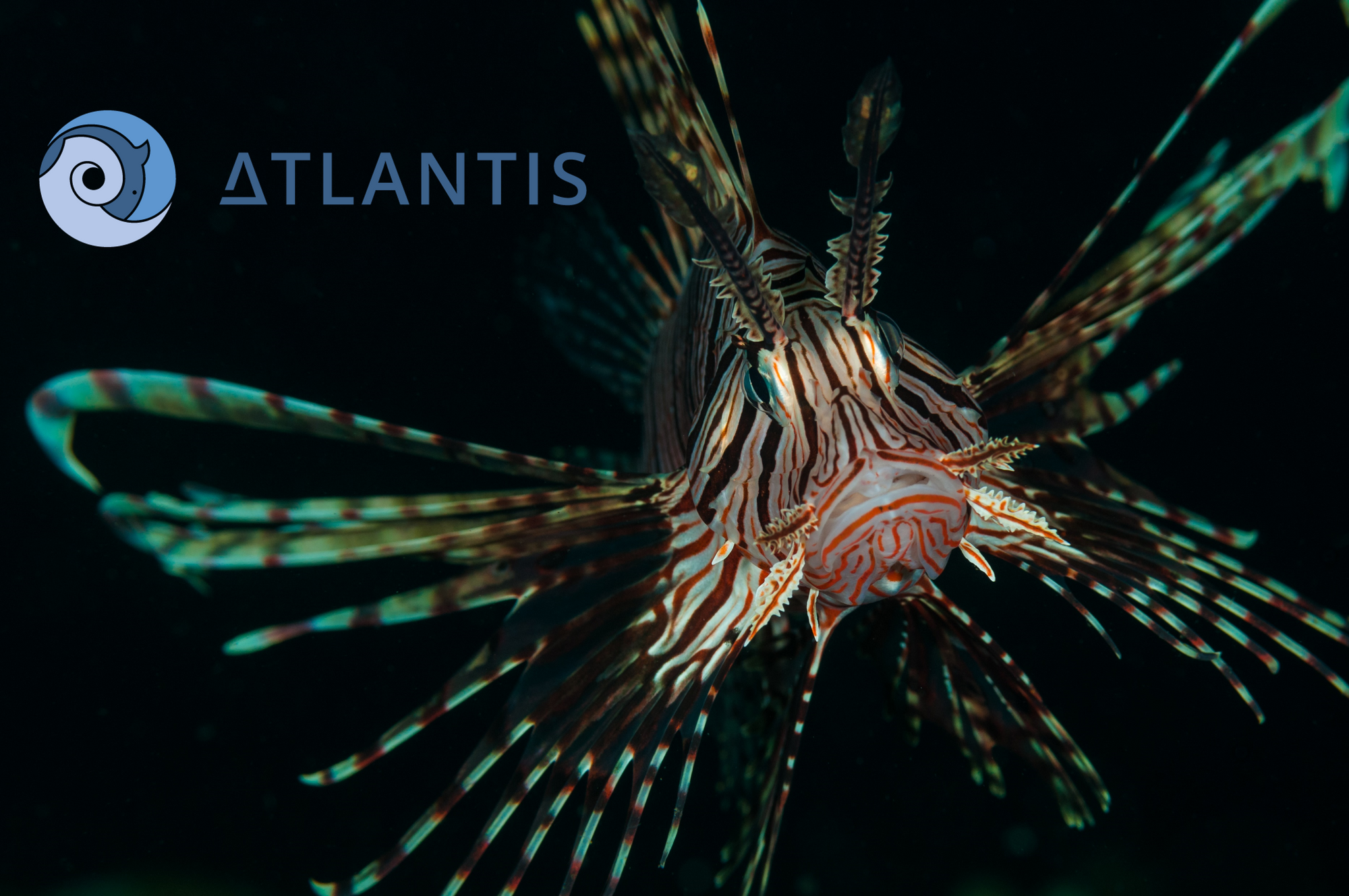Publication: Effect factors for marine invasion impacts on biodiversity
Biological invasions are considered one of the five greatest drivers to biodiversity loss. In our new article, we assess a relative impact, globally and regionally. As a result we can map out sort of a "priority map".

Biological invasions are considered one of the five greatest drivers to biodiversity loss - in the marine this phenomena is especially caused by shipping. There are many who have quantified the spread of invasive species, and a few who have tried to generally quantify the impact after said spread.
Until now.
In our new article, we assess a relative impact, globally and regionally. As a result we can map out sort of a "priority map" showing hotspots where we must be extra careful to avoid invasions, see the figure. The goal of this work is the novel implementation of characterizing marine invasion impacts on biodiversity in life cycle impact assessments (LCIAs). That is, eventually we can connect two measures: (i) How many invasions are caused by flows in our industry (e.g., shipping, macro plastic emissions), and (ii) the relative loss of biodiversity once this happens (the effect factors presented in this article).

The figure also show the distribution of effect (EF) or "relative threat frequency" specifically for biological invasions (Φ(inv)) in violinplots on the side. The latter distribution indicates how much of the total threat in an area is from invasive species and not some other kind of threat, like pollution, fishing, climate change, etc.. This shows that we should be extra careful in the Atlantic and Southern Ocean as the trend show that these places are impacted the highest. Especially the Southern Ocean, which have almost no data on alien introductions yet, have a high fraction of threat from biological invasions. This trend also signals another message: "Pristine ecosystems are the most prone to invasions".
Once these effect factors are multiplied with factors describing the spread of invasive species through different pathways (in LCIA terms: "Fate factors") we can begin assessing hotspots for biodiversity loss from said pathways, comparatively. For example:
- Which shipping route cause the most impact to biodiversity by spreading invasive species?
- Or, where on the shipping route should we focus our resources to minimize the impact?
- Or, are any locations worse than others in relation to where littered plastic is released to the ocean, and so also where it ends up?
Biological invasions is often dated back to a "mainstream" introduction by Charles S. Elton in 1958, but the scientific interest of the topic is much older. Introducing biological invasions to the life cycle assessment (LCA) framework, however, is no older than the novel attempt by Hanafiah et al. in 2013 relating the concept to impacts on freshwater ecosystems from inland shipping. Along with the model from Borgelt et al.2024 on terrestrial ecosystems, this model is the first step towards implementing biological invasions in LCA. And so, we can soon begin assessing one of the five greatest impacters to biodiversity loss, and how this is connected to the life cycle, or product chains, throughout our industry.

